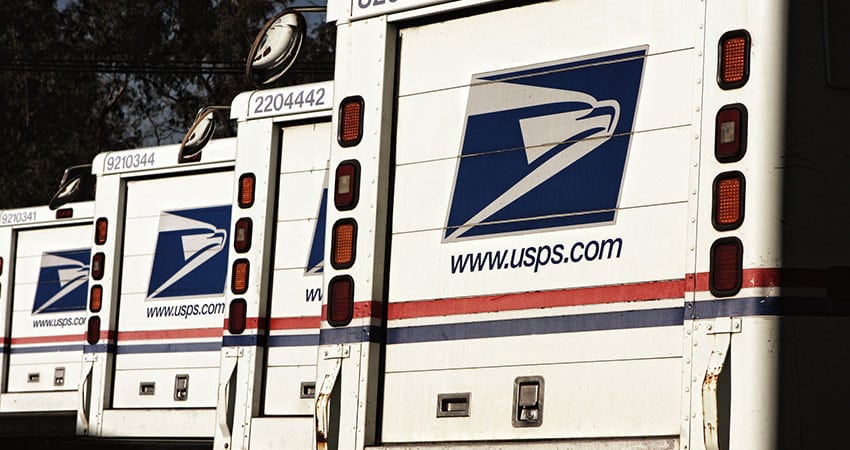The U.S. Postal Service is asking Congress for $75 billion to avoid a liquidity crisis this fall, including $25 billion each for a cash infusion, for upgrades and modernization and for unrestricted borrowing authority, according to Government Executive.
The USPS had already been in a bad position before the crisis, with mail volumes continuing to decline. Even parcel shipping, a bright spot for years that had been growing at double-digit rates, has been slipping as major carriers divert volume to their own networks.
Democratic members of the House Oversight Committee said they were told by Postmaster General Megan Brennan that the USPS will lose a projected $13 billion this year due to impact of the coronavirus crisis, and another $54 billion over the next decade, CNN reported.
“The Postal Service was technically insolvent to begin with, but the pandemic has completely changed the environment here. The mail volume drop is catastrophic,” U.S. Rep. Gerry Connolly, D-VA, chairman of the House subcommittee that oversees the USPS.
President Trump, meanwhile, continues to demonize Amazon as the cause of the USPS’ woes, saying it just needs to raise its rates.
“The Postal Service has lost billions of dollars a year for many years,” Trump said last week during a coronavirus task force media briefing. “I’ll tell you who’s the demise of the Postal Service…Amazon or these other internet companies. … They lose money every time they deliver a package for Amazon. They have to raise prices to these companies that walk in and drop off thousands of packages.”
In January, the Office of Inspector General at the U.S. Postal Service said the USPS is not threatened by the rise of same-day delivery, determining it is a niche, costly model appealing mostly to urban millennials that only represented 2% of all parcel deliveries in 2018.
The IG report also recommended the USPS continue to focus on next-day delivery through products like Parcel Select. The DDU induction service is utilized by UPS and FedEx for last-mile delivery, although both major carriers have been diverting volume to their own networks.

